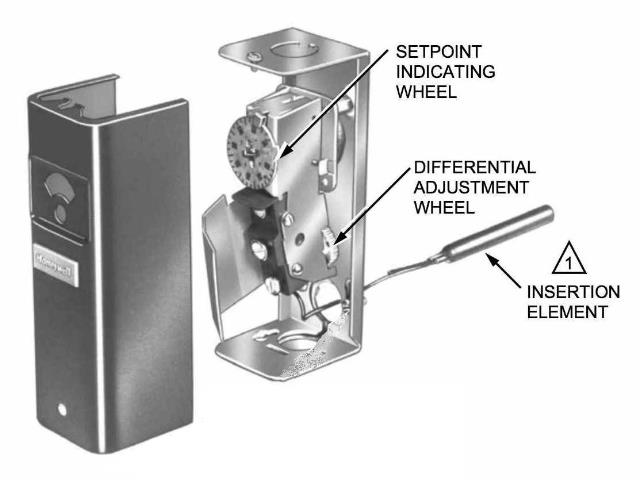

The temperature change is directly proportional to the diode’s resistance.

The working of a temperature meter depends upon the voltage across the diode. What do temperature sensors do?Ī temperature sensor is a device that is designed to measure the degree of hotness or coolness in an object. An RTD (Resistance Temperature Detector) is a variable resistor that changes its electrical resistance in direct proportion with the change in the temperature in a precise, repeatable and nearly linear manner. for structural changes in them due to seasonal variations.Ī thermocouple (T/C) is made from two dissimilar metals that generate an electrical voltage in direct proportion with the change in temperature. Temperature meters are used in the geotechnical field to monitor concrete, structures, soil, water, bridges etc. What are the temperature sensors?Ī temperature sensor is a device, typically, a thermocouple or resistance temperature detector, that provides temperature measurement in a readable form through an electrical signal.Ī thermometer is the most basic form of a temperature meter that is used to measure the degree of hotness and coolness. Here we are going to tell you what is a temperature sensor, how does it work, where is it used, and what are its different types. Temperature sensors are designed to keep a regular check on concrete structures, bridges, railway tracks, soil, etc. But, have you ever wondered how the temperature of the soil, boreholes, huge concrete dams or buildings is measured? Well, this is accomplished through some of the specialised temperature sensors. Temperature sensors are a simple instrument that measures the degree of hotness or coolness and converts it into a readable unit. Usually, temperature sensors have a wide range of applications, geotechnical monitoring field, being one of them. We all use temperature sensors in our daily lives, be it in the form of thermometers, domestic water heaters, microwaves, or refrigerators.


 0 kommentar(er)
0 kommentar(er)
